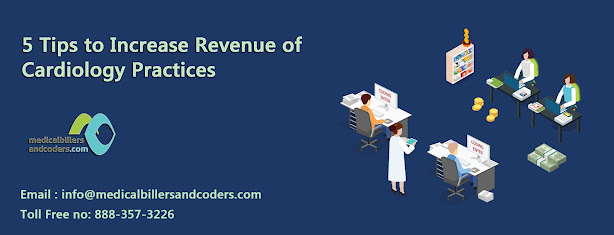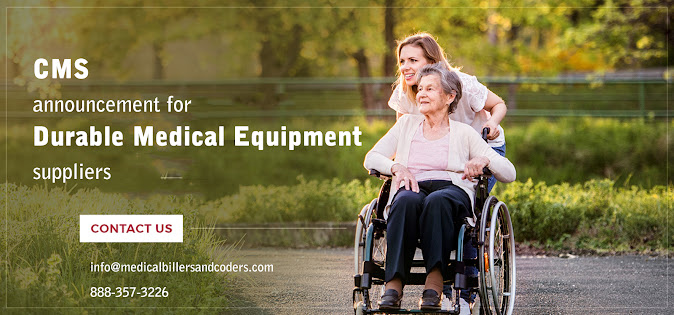Understanding Medicare TPE Audits
The Centers for Medicare & Medicaid Services (CMS) is resuming the Targeted Probe & Educate (TPE) audit, effective September 1, 2021. Based on data analysis of claims payment, CMS will identify areas with the greatest risk of inappropriate program payment. CMS’s Targeted Probe and Educate (TPE) program is designed to help providers and suppliers reduce claim denials and appeals through one-on-one help. Let’s focus on the basics of Medicare TPE audits. A TPE audit is a close examination of the billing practices that a healthcare provider uses for its Medicare claims. The provider’s Medicare Administrative Contractor (MAC) conducts the auditing process. If unusual billing practices, mistakes, or discrepancies are found between the Medicare claims and the healthcare services that were provided to the patient, the MAC will help the provider fix the problems and show them how to avoid making them in the future. Even though the MAC conducts the audit, the Centers for Me...



